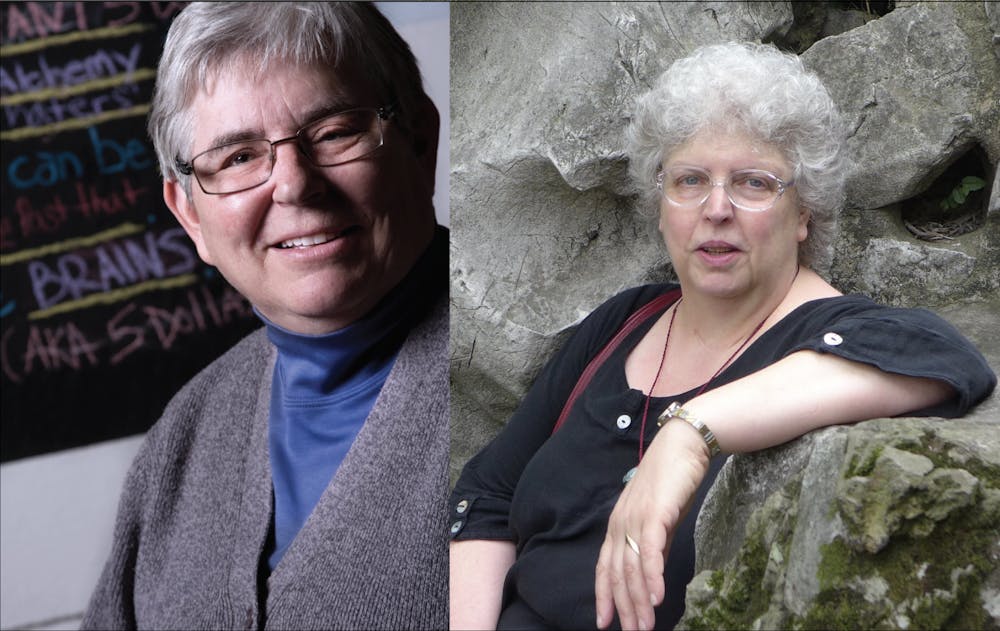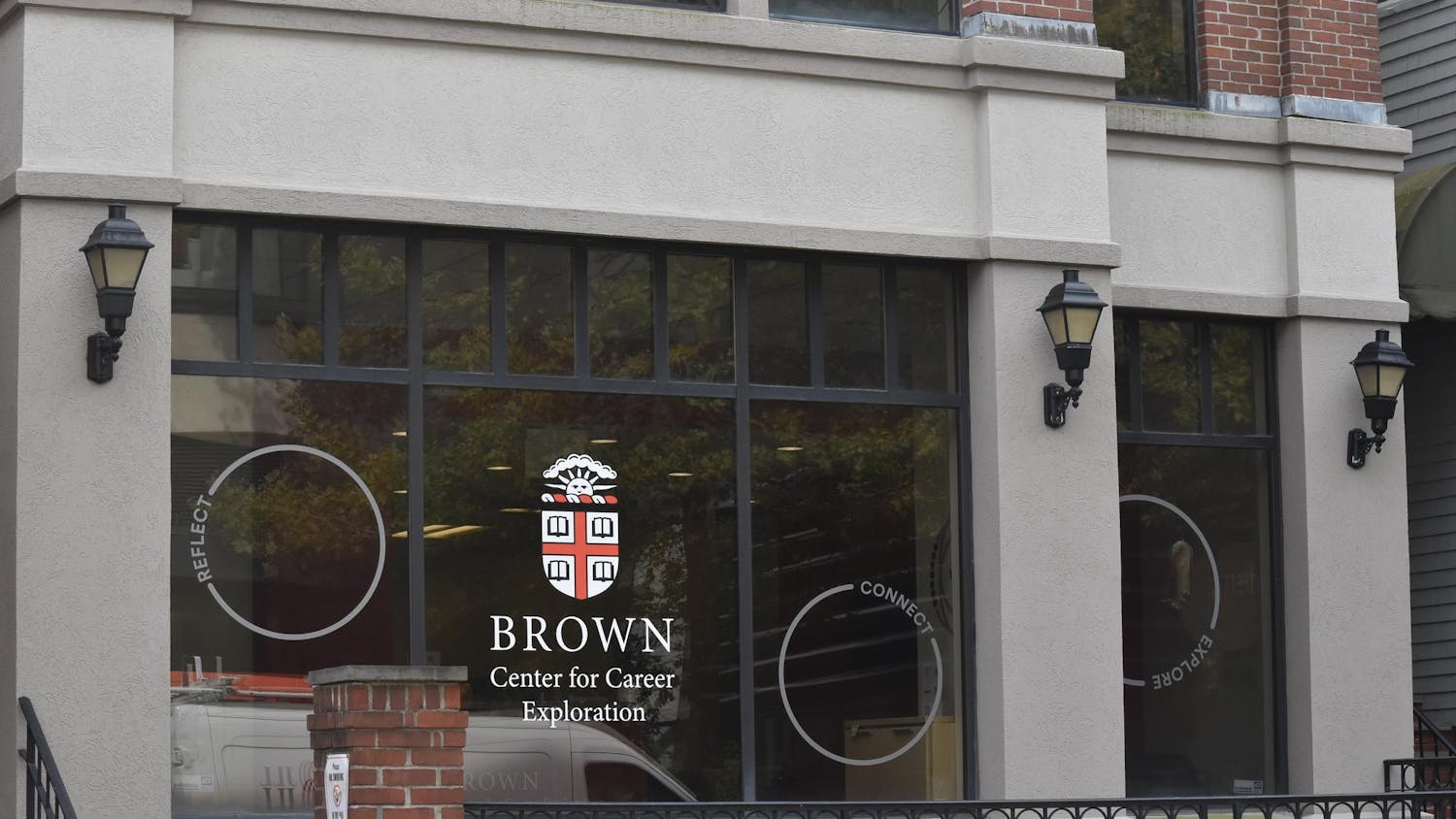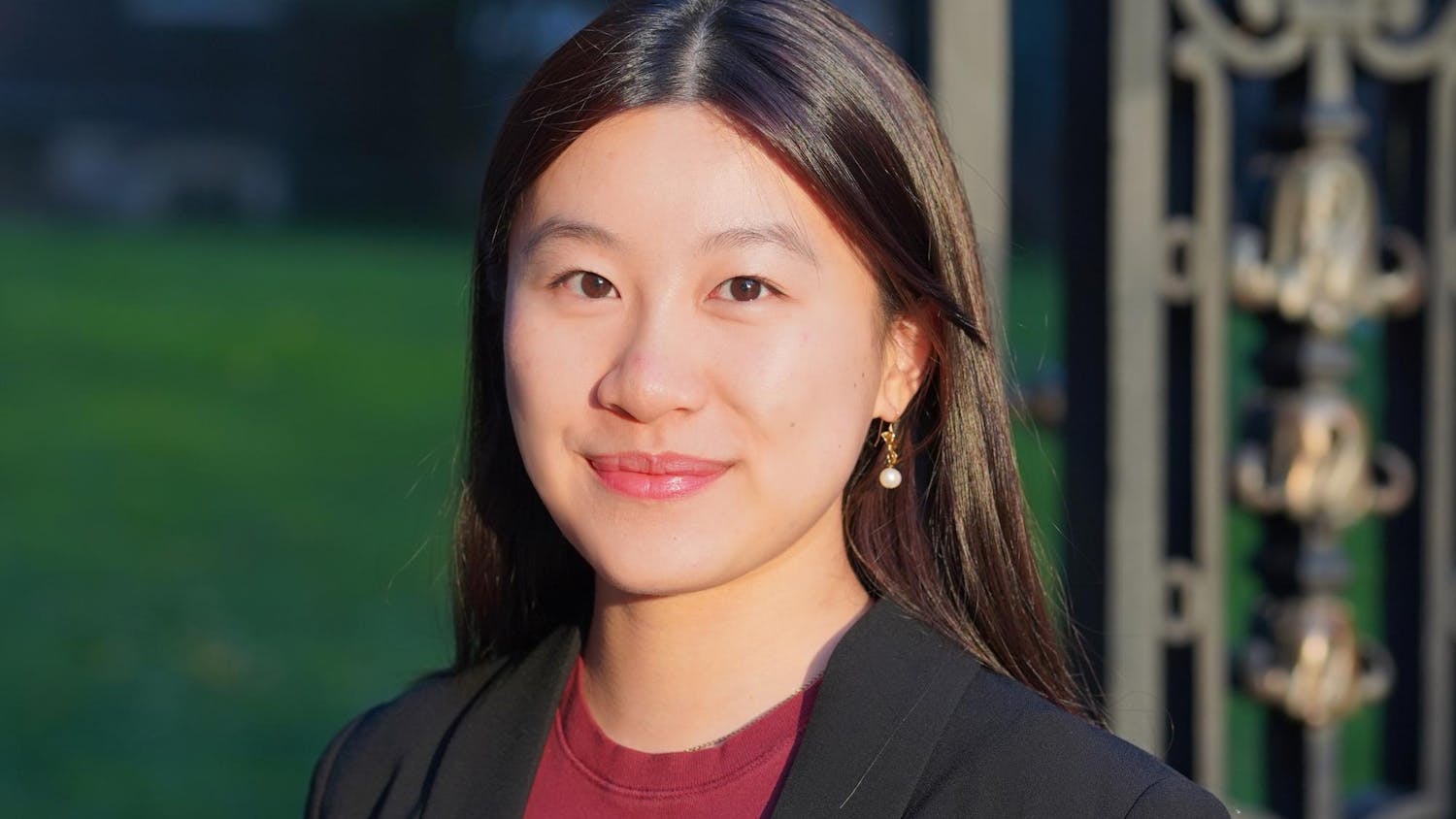Content warning: This article includes references to misogyny and instances of sexual assault.
When Susan Smulyan, professor of American studies at Brown, first stepped foot on Yale’s campus in 1971, “there was a change in the air.”
Smulyan’s first year of college was marked by the “second women’s movement that was just gathering steam,” she said. Smulyan graduated from Yale in 1975 as part of the college’s third class of women to spend four years as undergraduates following its transition to a coeducational university in 1969.
While Smulyan noted that misogyny and anti-feminism still pose obstacles for female college students, she remembered her time at Yale as “completely bizarre because there weren’t many women.”
“I always say that if you weren’t a feminist when you got to the campus, you were one about five minutes later,” she laughed. “Things weren’t all that easy.”
“It was amazing to be a pioneer in some way,” Smulyan added. “But with that came enormous pressure on us.”
Over 50 years later, Smulyan and countless other female trailblazers continue to traverse sexism in higher education — a problem that has diminished but still exists today, Smulyan said. Three faculty members who completed their undergraduate degrees in the early years of coeducational learning at the university level talked to The Herald about their experiences as women in academic spaces from then to now.
Coeducation and sexism
As she moved through her education at Yale, Smulyan recalled multiple instances of misogyny from classmates and faculty.
“The sexism was different than how it often looks today,” she said. “It was more overt … it was really nasty. There were bets on who would sleep with which freshman girl.”Smulyan also recounted sexual assaults against female students, as well as predatory behavior from graduate students pursuing younger women.
It was “much of the same kind of nastiness around gender that I think you can still see now,” she said. “But it was worse.”
Dore Levy, professor of comparative literature and East Asian studies at Brown, also made similar observations about her time at Yale, having been in the same graduating class as Smulyan.
Women at Yale often devised thorough plans on how to protect themselves from men on campus, Levy said, describing a method known as the “martial arts of the coed.”
“When we would go to parties, we knew to never take a drink,” she said. “What we all learned to do was make a beeline for the pitchers of ice water to then hold in your hand. And if any man ever got too fresh, it was 3-2-1, splash. We’d dump the ice water all over him.”
“We even had practice sessions to make sure we had it down,” she added.
Navigating the classroom
Levy said she expected to navigate Yale with ease, having been exposed to the world of higher education early on. “I was a faculty brat,” she explained. “My dad was a professor of sociology at Princeton, so I was brought up close to an all-male university. I even sat in on some classes as a high school senior because of my father, so I was much more accustomed to the atmosphere.”
But not even prior familiarization could dull the effects of institutional misogyny for Levy.
“The ratio of men to women in my class was 1-to-13,” she said. “You had to set out your place in class or stake out your territory.”
Levy recalled her unique experiences as one of the first women studying Chinese language and literature in the Ivy League. “The classical Chinese professor hated girls,” she said, adding that harassment was common in the classroom setting. “We just thought that a professor propositioning us was the price of doing business.”
“Everything you said had to count as part of your mission as a woman at Yale earning space,” Levy said. “The stakes were high, and you had a lot of women who didn’t even make it past their freshman year.”
Levy acknowledged that the shared experience of being a woman often brought her and other students together.
“We felt very special and as if we were chosen, to a certain extent, which now feels sort of weird,” Smulyan said. “But the women I met, you know, those bonds are strong. A lot of us celebrated our 70th birthdays this year together. We’ve vacationed together and stayed in touch.”
Finding community
Janet Cooper Nelson, chaplain of the University and director of the Office of Chaplains and Religious Life, emphasized the development of a female academic community throughout her time as an undergraduate student at Wellesley College, and now as a faculty member at Brown.
Cooper Nelson completed her undergraduate degree at Wellesley in 1971 and later returned to women-only higher education as a religious leader at Mount Holyoke College before coming to Brown.
She explained a vastly different experience from her peers who went to coeducational colleges. “In women’s colleges, all these women know each other,” Cooper Nelson said. “They’re all teaching at all these places and are a community together.”
Cooper Nelson explained that while her generation of women were trailblazers at their institutions, the women who paved the path for their inclusion were an even smaller bunch with greater responsibilities.
“We were a huge group though, by comparison to the women who were out here founding these places and making these changes,” she said. “There were only a few actors, but I think these folks all knew how important it was.”
During Cooper Nelson’s time at Wellesley, she watched as her peers left the school for “better opportunities at-large,” leading her to think about what it really meant to be a women’s institution.
“Creating a space of hospitality for women in any form of their body, mind and soul has been what women’s institutions (are) about,” Cooper Nelson said. “That mattered to me because nobody really thought then that we could go to school and be a fully comparable person.”
Sexism as a symptom of higher education
Cooper Nelson, Smulyan and Levy each acknowledged that the individual men they encountered as students and academics within higher education institutions were not always the sole perpetrators of misogyny. Rather, there was a systemic culture throughout higher education that presumed that women should not be there.
“While some of them were terrible and harassers or worse, … the men were much more used to us being there than Yale was,” Smulyan said.
Instances of misogyny in male-dominated spaces continued beyond undergrad for Smulyan and Levy, impacting their experiences throughout their careers in academia.
Levy explained that climbing up the academic ladder was especially difficult for women. She described how at times, promotions felt reliant upon sexual favors rather than academic work or intellectual projects.
“We felt that our consent was taken away from us. And if we tried to assert it, we were b*tches,” Levy said. “I have always acted as if I have had some measure of consent, and that has hurt me professionally.”
Levy, who came to Brown in 1981, noted that she has had to assert her value at the University as well.
“I’ve been around higher education for a long time, you know, in the early days of women at Brown too,” she said, adding that even when they were represented in discussions, female faculty had to fight to be heard.
Smulyan expressed a similar sentiment, encouraging community members to remain critical of the institutions around them.
“What I’m always afraid of is that, because we’ve moved like half a step closer to sort of a normal world,” she said, “we trot.”
“This is women's history. This is the history of coeducation, which is indisputably the history of Brown,” Levy said. “We wanted the best, and a lot of us went into academia, partly because it was the highest thing. And partly because we thought it was time for women to do so.”

Sofia Barnett is a University News editor overseeing the faculty and higher education beat. She is a junior from Texas studying history and English nonfiction and enjoys freelancing in her free time.





